Hi everyone,
I've decided to get a camera for Christmas this year, as I'm going to be taking some trips next summer. Also, I am a casual birdwatcher and would like to try my hand at photographing them. With that in mind, I've been looking at the new 18x superzoom point-and-shoots, like the Panasonic Lumix FZ18, as well as entry-level DSLRs like the Nikon D40. I'm just trying to decide what would be a better fit, and have a few questions:
1. Is the shutter-speed issue on point-and-shoots a huge deal? I've used my brother's DSLR and some point-and-shoots, but not enough to really decide for myself. I heard that for bird photographs, the pauses between button-press and picture can be rough, but is it worth the extra money?
2. How much do superzoom lenses cost for DSLR's? I wouldn't want anything fancy, but would like a pretty big zoom, comparable to around a 12x or 18x.
3. I generally enjoy learning to use new equipment, but also do not want to worry about little settings when sightseeing in Europe next summer. How much of a commitment is it to get confident with snapping photos with a DSLR over a point-and-shoot? And are the rewards of the flexibility of a DSLR worth it if I remain a casual photographer?
I suppose my biggest concern is getting an ultra-zoom point-and-shoot and then a few months later deciding I want a DSLR... I want to buy a camera I'll be satisfied with for a few years at least, and will allow me to get what I want out of my photos (which I know is a very subjective goal, heh).
So, to summarize this post: Is the price jump from a superzoom point-and-shoot to an entry level DSLR worth it for someone who is interested in casual photography/vacation pictures?
(And again, I know this is very subjective, so really any advice regarding the comparison of the two would be very helpful)
Thanks
I've decided to get a camera for Christmas this year, as I'm going to be taking some trips next summer. Also, I am a casual birdwatcher and would like to try my hand at photographing them. With that in mind, I've been looking at the new 18x superzoom point-and-shoots, like the Panasonic Lumix FZ18, as well as entry-level DSLRs like the Nikon D40. I'm just trying to decide what would be a better fit, and have a few questions:
1. Is the shutter-speed issue on point-and-shoots a huge deal? I've used my brother's DSLR and some point-and-shoots, but not enough to really decide for myself. I heard that for bird photographs, the pauses between button-press and picture can be rough, but is it worth the extra money?
2. How much do superzoom lenses cost for DSLR's? I wouldn't want anything fancy, but would like a pretty big zoom, comparable to around a 12x or 18x.
3. I generally enjoy learning to use new equipment, but also do not want to worry about little settings when sightseeing in Europe next summer. How much of a commitment is it to get confident with snapping photos with a DSLR over a point-and-shoot? And are the rewards of the flexibility of a DSLR worth it if I remain a casual photographer?
I suppose my biggest concern is getting an ultra-zoom point-and-shoot and then a few months later deciding I want a DSLR... I want to buy a camera I'll be satisfied with for a few years at least, and will allow me to get what I want out of my photos (which I know is a very subjective goal, heh).
So, to summarize this post: Is the price jump from a superzoom point-and-shoot to an entry level DSLR worth it for someone who is interested in casual photography/vacation pictures?
(And again, I know this is very subjective, so really any advice regarding the comparison of the two would be very helpful)
Thanks




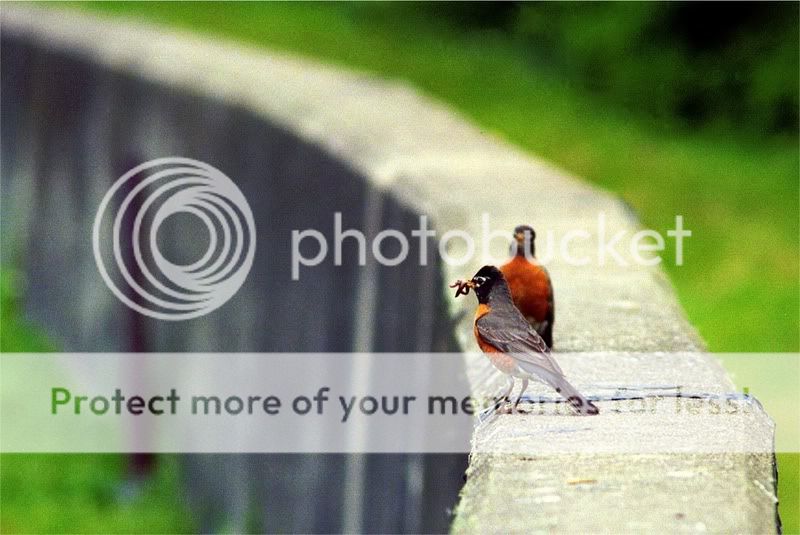

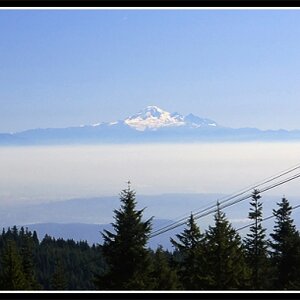

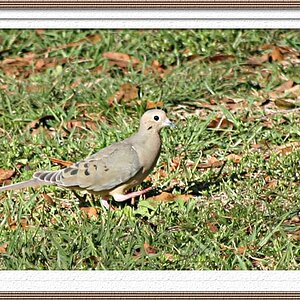
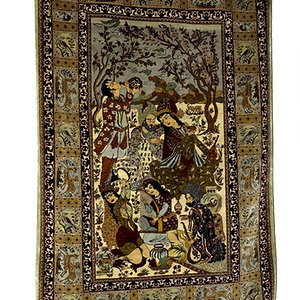
![[No title]](/data/xfmg/thumbnail/34/34118-1c18899050bfacc1ed25ac6c1740422b.jpg?1619736288)
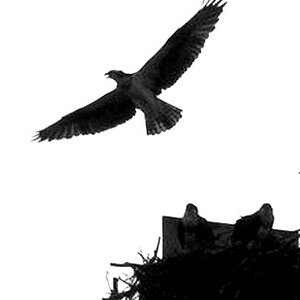
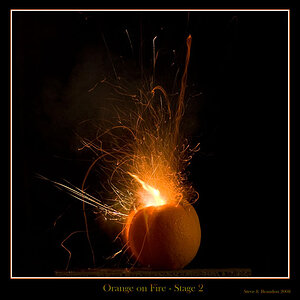
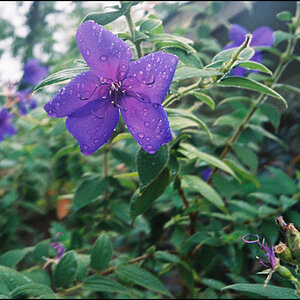
![[No title]](/data/xfmg/thumbnail/32/32165-6bb394c486dda7ec16d8fee786f03151.jpg?1619735234)
![[No title]](/data/xfmg/thumbnail/34/34114-dd12be026979ccd4182c5f478bd91448.jpg?1619736284)
![[No title]](/data/xfmg/thumbnail/32/32167-524b76a903731ff48d48682c9f9b0978.jpg?1619735234)
